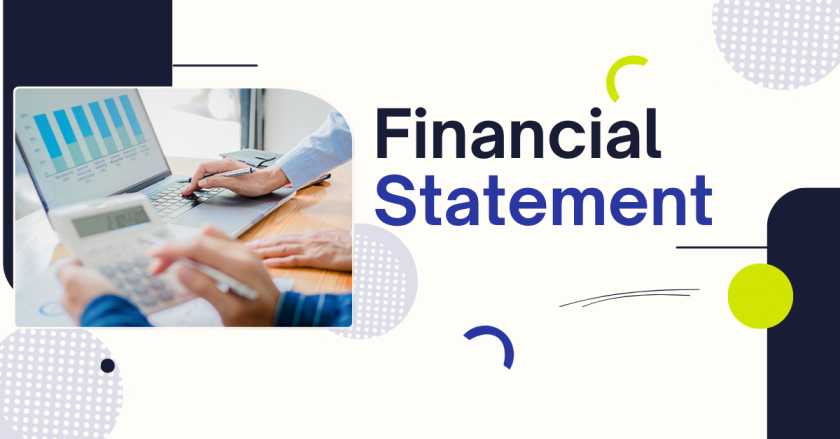Table of Contents
Last updated on September 1st, 2025 at 04:15 pm
Businesses track their transactions to report financial information, including expenses and profits, accurately. These records are maintained in financial statements that reflect the overall financial standing. Also, financial statements are important for understanding where cash comes in and where it goes out, as well as preparing taxation returns. Read on to know more about the importance of financial statements and the types of financial statements.
Understanding a Financial Statement
Financial statement is a document displaying a company’s financial activity and performance. Also, it is used by stakeholders to know the financial strength of a company and understand its current and future success. Also, shareholders use it to review the state of their investment in a business. Notably, annual reports are considered amongst the most reliable resources of financial information of a company.
Importance of Financial Statements
Here are the reasons stating the importance of financial statements:
- It offers financial information reflecting a company’s performance at a particular date. Stakeholders use it to make strategic business decisions.
- Using the information available in financial statements, stakeholders are able to calculate the price per share for making the right investment decisions.
- Financial statements help lenders determine how much they can invest in a business. Also, by measuring the ability of a business to pay back its debts, lenders can provide additional credit for business expansion.
- Auditors or accountants use financial statements to not only investigate a business transaction, but also check its accuracy.
- They are used to calculate different ratios, such as profitability, valuation and solvency ratios.
Types of Financial Statements
There are four types of financial statements, namely:
- Balance Sheet: It offers details related to a company’s liabilities (payments made on long-term loans, short-term loans, income tax, and payroll and sales taxes), assets (like property, inventory and cash) and stockholder’s equity (the difference between a company’s assets and its liabilities).
- Cash Flow Statement: Offering information about the company’s ability to generate cash for paying debts, fund investments and pay operating expenses, it includes aggregated financial data about all business transactions. Its components include net income (the total amount in profits a company makes after it deducts its expenses) and operational cash flow (the difference between the cash a company receives and the cash it pays out). Also, it includes details related to investment cash flow (regular payments to investment activity like mergers and purchases or sales of assets), financing activities (funding from outside investors or bank loans) and final cash amount (company’s actual cash value).
- Income Statement: Providing details related to a company’s revenue and expenses during an accounting period, it records a company’s net income or net loss. An income statement includes sales amounts (sales revenue), operating expenses (like rent for office, marketing/advertising or the costs of running equipment), and non-operating expenses (one-time purchases and interest companies accrue on borrowed funds).
- Statement of Shareholder’s Equity: A part of the balance sheet, it shows changes in the value of a shareholder’s or stockholder’s equity from the start of the accounting period to its end. The essential components of this statement are preferred stock (a type of ownership stake in a company that provides the holder with a higher claim on the earnings) and common stock (a type of ownership stake in a company that gives the holder voting rights). It also offers details related to retained earnings (the accumulated portion of the profit that is yet to be distributed as dividends) and treasury stock (a stock that an issuing company repurchases).
Conclusion
Essential accounting documents, financial statements are used by businesses to report their financial information. They also offer information on the income and changes in equity. This not only helps a company address financial challenges it is facing, but also grow in the competitive market.
If you are interested in pursuing a career in the finance sector, then enrol in a reputable course like Financial Analysis Prodegree In Collaboration With KPMG to better understand the different financial concepts. Connect with Imarticus Learning to know more!

